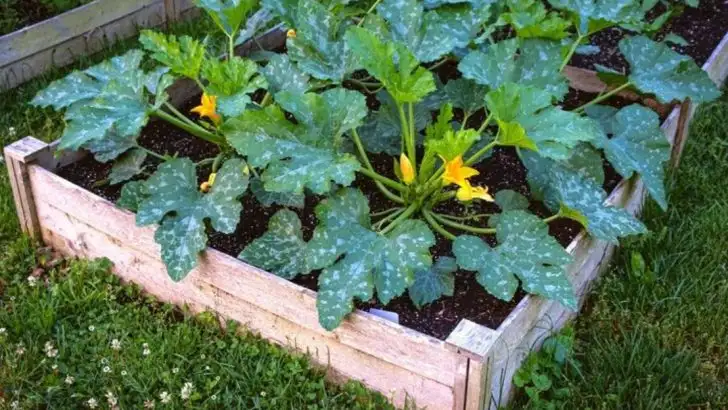Raised beds offer a great way to grow a variety of vegetables in a compact, manageable space. With the right planning and planting strategies, you can create a thriving garden that yields fresh, homegrown produce all season long—even in a limited area.
In this article, we share 22 vegetables you can grow in a single raised bed. From leafy greens to root vegetables and compact varieties, these plants thrive in the confined space of a raised bed, making it possible to have a diverse and productive garden. If you’re looking to maximize your gardening space, these vegetables will give you a full, delicious harvest without overcrowding!
Carrots
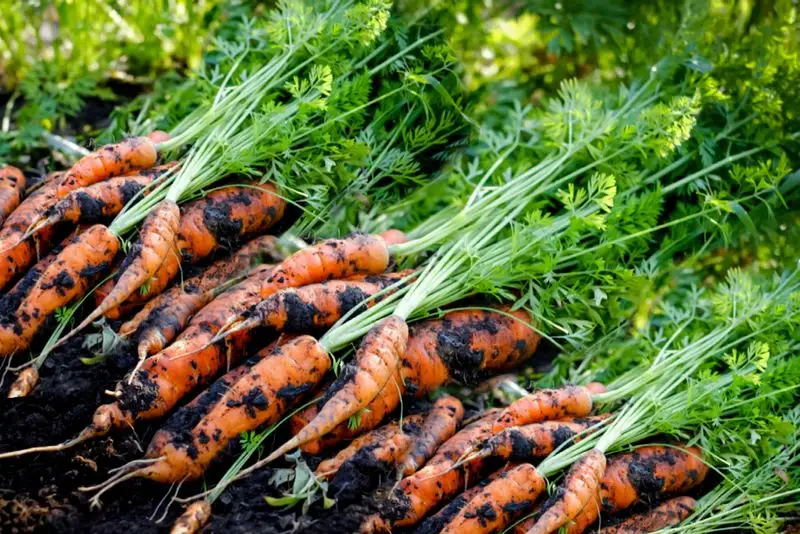
Carrots are a staple for any raised bed, thanks to their adaptability and minimal space requirements. These root vegetables grow best in loose, sandy soil, allowing them to develop long, straight roots. Opt for varieties like ‘Nantes’ or ‘Chantenay’ if you prefer shorter, sweeter roots. Remember to thin seedlings to avoid overcrowding. Providing consistent moisture ensures tender, crisp results. With patience, you’ll enjoy a rewarding harvest, perfect for salads or as a crunchy snack. Begin sowing seeds as soon as the soil is workable in spring for an early summer yield.
Lettuce
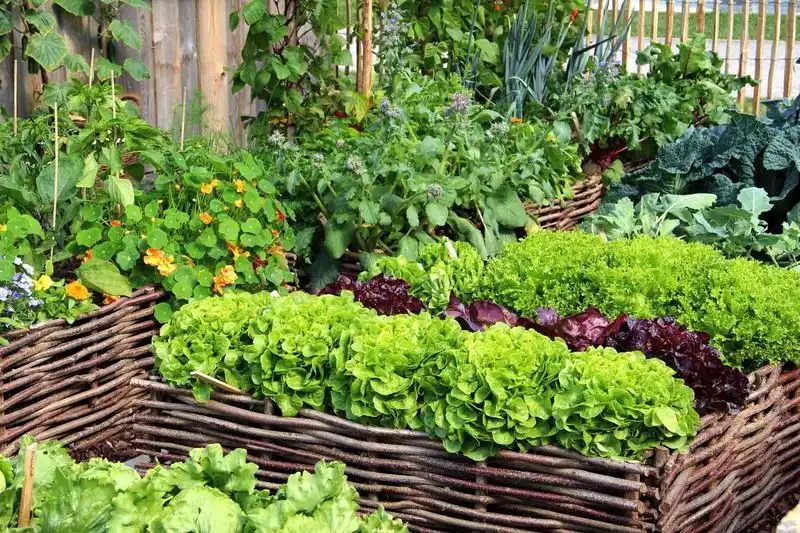
Lettuce offers versatility and continuous harvest opportunities, ideal for any raised bed. With types ranging from crisphead to loose-leaf, you can enjoy diversity in texture and flavor. Plant seeds or transplants in early spring for a head start. Space is crucial; ensure proper distances to allow for optimal growth. Regular watering promotes lush leaves, while thinning prevents overcrowding. By staggering plantings, you’ll maintain a steady supply throughout the season. Lettuce is perfect for salads, sandwiches, and wraps, providing a refreshing crunch to meals.
Radishes
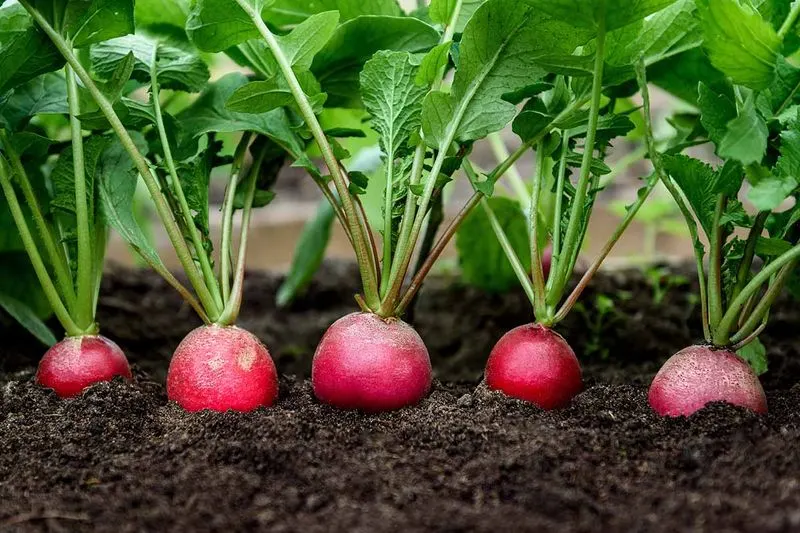
Radishes are the perfect choice when you need a quick-growing crop. These spicy, crunchy vegetables are ready to harvest in just a few weeks. Plant them in early spring or fall, as they thrive in cooler weather. Ensure they have enough space to develop properly, avoiding overcrowding which can lead to smaller roots. Regular watering helps maintain their spicy flavor without becoming woody. Consider succession planting every couple of weeks for a continuous supply. Radishes add a zesty kick to salads and can be pickled for a tangy treat.
Spinach

Spinach is a nutrient-packed vegetable that flourishes in cooler temperatures, making it perfect for early spring or autumn planting. Sow seeds directly into the soil and thin seedlings to allow space for growth. Spinach prefers fertile, well-drained soil and benefits from regular watering to keep leaves tender. Harvest the outer leaves as needed, and they will continue to produce throughout the season. Whether enjoyed fresh in salads or cooked in a variety of dishes, spinach is a versatile addition to your raised bed.
Kale
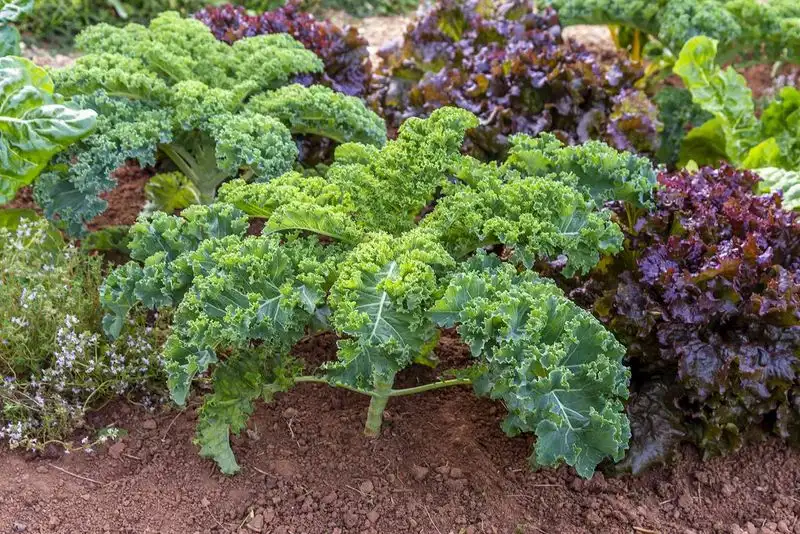
Kale stands out for its hardiness and nutritional value, making it a must-have in any raised bed. This leafy green grows well in a variety of conditions, tolerating both cold and warm temperatures. Plant seeds or transplants, and ensure they receive ample sunlight. Regular harvesting of the outer leaves encourages continuous growth. Kale is rich in vitamins and can be eaten raw, sautéed, or added to smoothies. Its robust flavor adds depth to dishes, while its resilience ensures a long growing season.
Beets
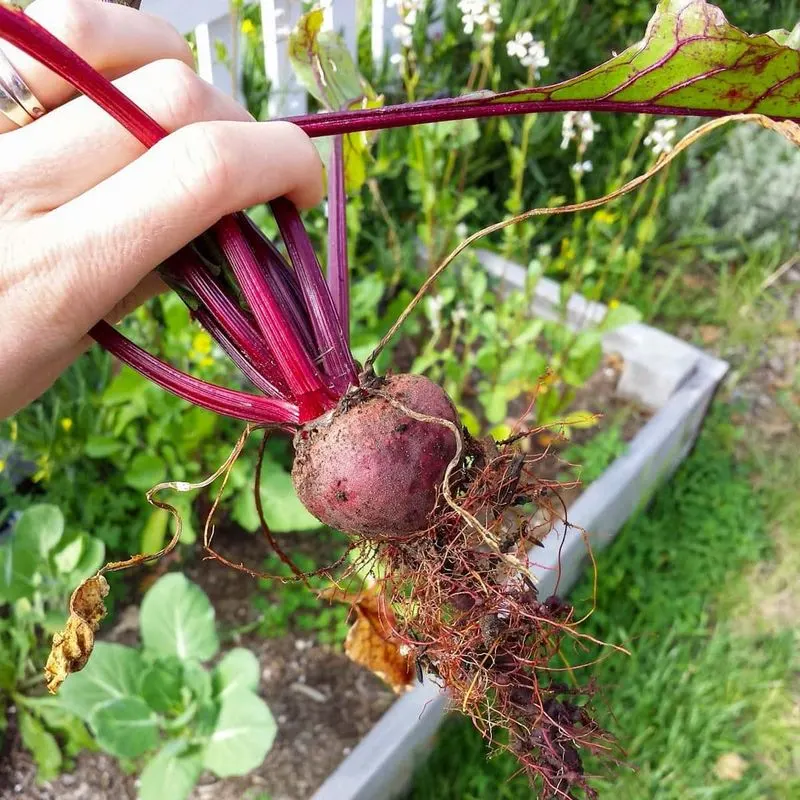
Beets offer a colorful and nutritious addition to your raised bed. These dual-purpose plants provide both edible greens and sweet, earthy roots. Plant seeds in early spring, spacing them appropriately to allow for growth. Beets thrive in well-drained, fertile soil and require consistent moisture to develop properly. Harvest the greens early for salads or sautés, while the roots can be picked when they reach the desired size. Roasted or pickled, beets bring a burst of color and flavor to the table.
Swiss Chard
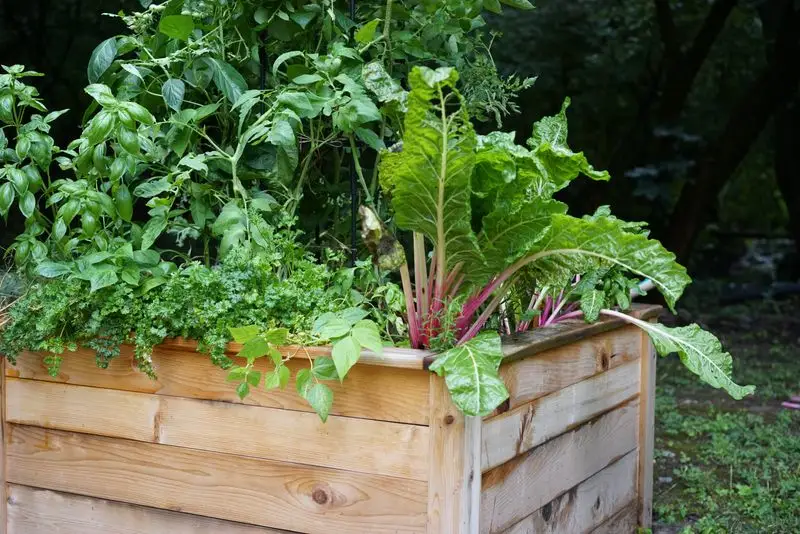
Swiss chard is renowned for its striking appearance and versatility. The colorful stems and large, glossy leaves make it a visual delight in any garden. Plant seeds or transplants after the last frost, ensuring they have ample space to flourish. Swiss chard is tolerant of various conditions and can withstand heat better than most greens. Harvest the outer leaves regularly to encourage new growth. Whether sautéed, added to soups, or used as a wrap alternative, Swiss chard offers a nutritious option.
Onions

Onions are a culinary staple, easily cultivated in a raised bed. Plant sets or seeds in early spring or fall, depending on your climate. They require full sun and fertile, well-drained soil for optimal growth. Regular watering helps develop the bulbs, while proper spacing prevents competition. Harvest when the tops begin to fall over and dry. Onions can be stored for months, providing a long-lasting addition to your kitchen. Their pungent flavor enhances a variety of dishes, from soups to salads.
Garlic
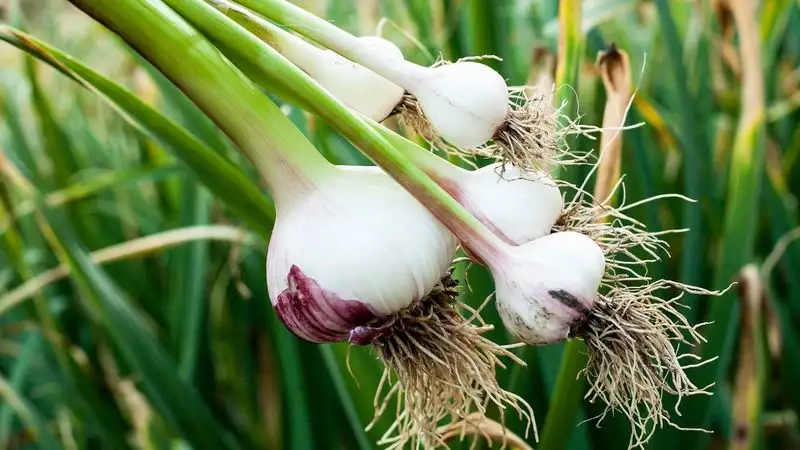
Garlic is a low-maintenance crop perfect for long-term planning. Plant cloves in the fall, giving them time to establish roots before winter. They require well-drained soil and full sun for best results. As the days lengthen, garlic will sprout and eventually produce scapes, which are edible and can be harvested in early summer. The bulbs are ready to harvest when the lower leaves start to brown. Garlic adds depth to countless recipes and can be stored for months, making it an essential in your raised bed.
Peas
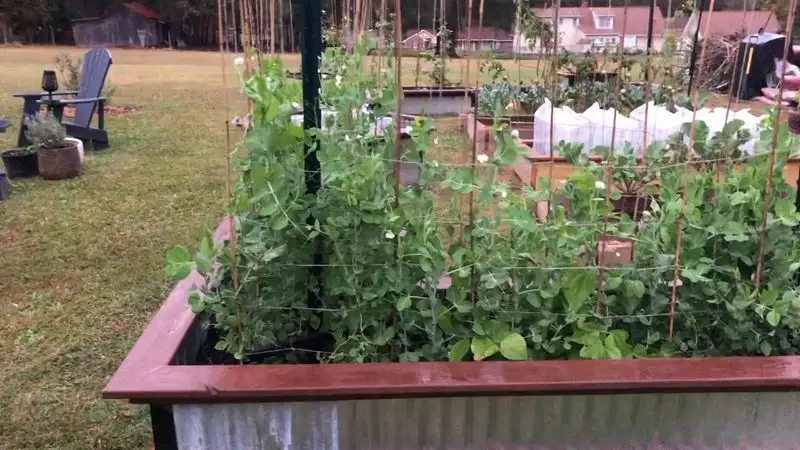
Peas are a delightful addition, offering sweet pods that children and adults alike enjoy. Sow seeds directly into the soil in early spring, supporting them with trellises or stakes. They thrive in cooler temperatures and prefer well-drained soil. Regular harvesting of pods encourages further production. Peas can be eaten straight from the pod, added to salads, or cooked in various dishes. Their growth habit also contributes to soil health, fixing nitrogen and improving the garden’s fertility.
Bush Beans
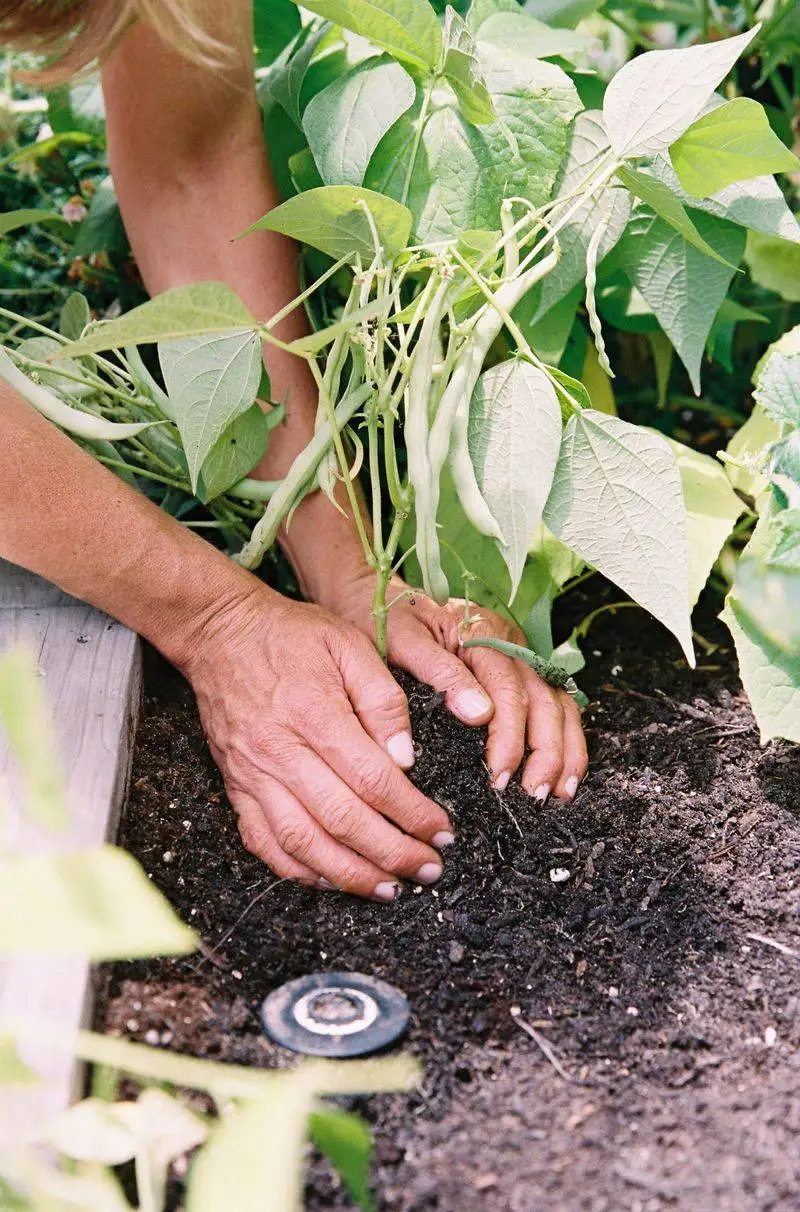
Bush beans are compact, making them ideal for raised beds. Plant seeds after the last frost, ensuring they receive full sun. These beans prefer well-drained soil and benefit from regular watering. With a relatively short growing period, they offer quick gratification. Harvesting beans frequently encourages continuous production throughout the season. They are versatile in the kitchen, whether enjoyed fresh, steamed, or preserved. Their ability to enrich the soil with nitrogen makes them a beneficial crop for any garden.
Cucumbers
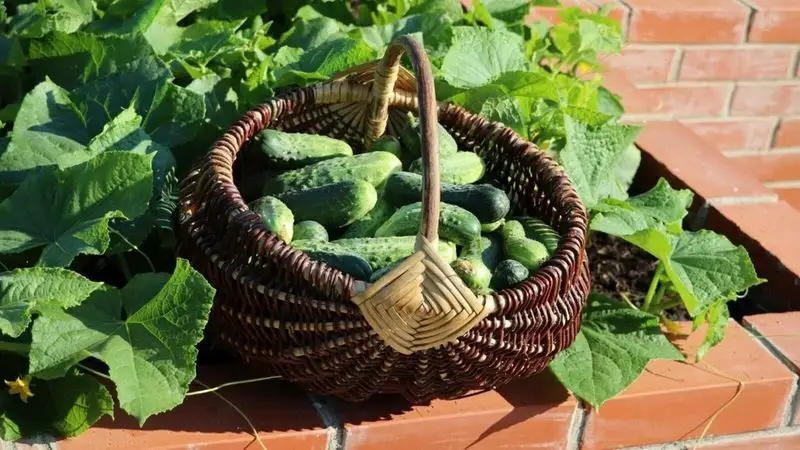
Cucumbers thrive in a raised bed with adequate support. Plant seeds or transplants after the last frost, providing trellises for the vines to climb. They require full sun and consistent watering to prevent bitterness. As vines grow, their yellow flowers transform into refreshing cucumbers, perfect for pickling or fresh consumption. Regular harvesting extends the yield throughout the summer. Cucumbers’ sprawling nature and lush foliage add an exotic touch to your garden, while their crisp texture enhances salads and snacks.
Zucchini
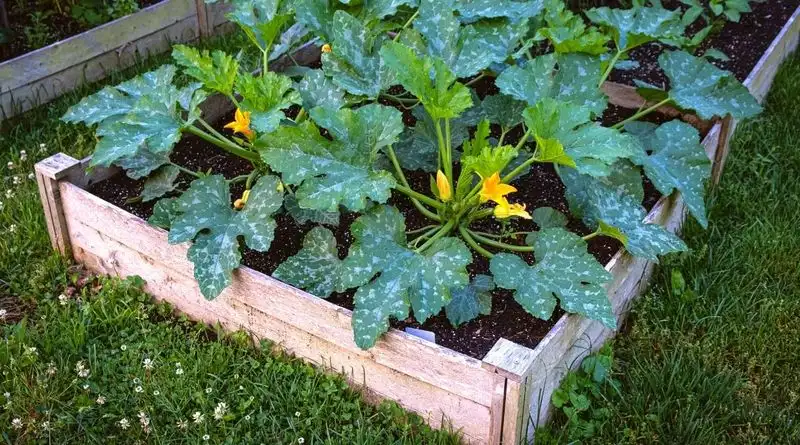
Zucchini is a prolific producer, perfect for maximizing space in a raised bed. Plant seeds or transplants after the last frost, ensuring they have room to sprawl. They thrive in full sun and require ample water, especially during flowering and fruiting. Harvest zucchini when small for the best flavor and texture. Their versatility in the kitchen ranges from grilling to baking. Regular picking encourages further growth, resulting in a bountiful supply for you and your neighbors.
Bell Peppers
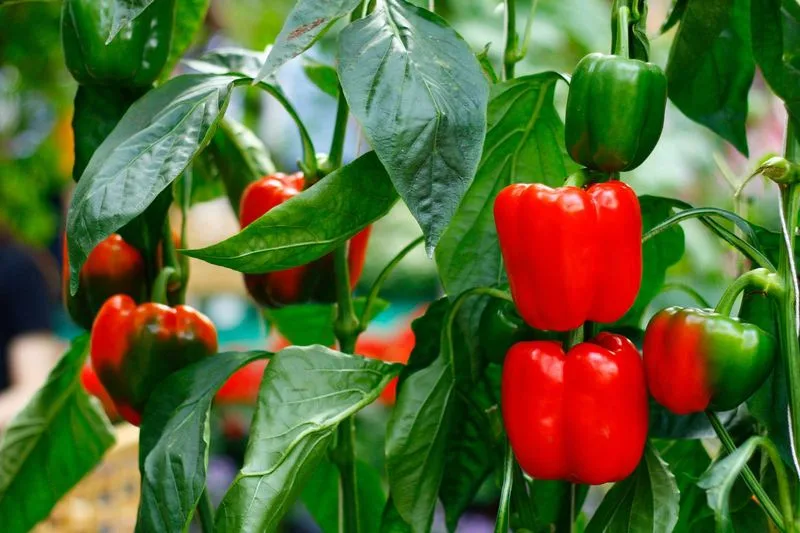
Bell peppers add a splash of color and sweetness to any garden. Plant seeds or transplants after the last frost in a sunny spot. They require fertile soil and consistent watering to produce well-sized fruits. Peppers start green and gradually change color as they ripen, providing a visual treat. Regular harvesting encourages more fruiting. Bell peppers can be enjoyed raw in salads, roasted, or stuffed. Their vibrant hues and sweet flavors make them a summer favorite.
Tomatoes
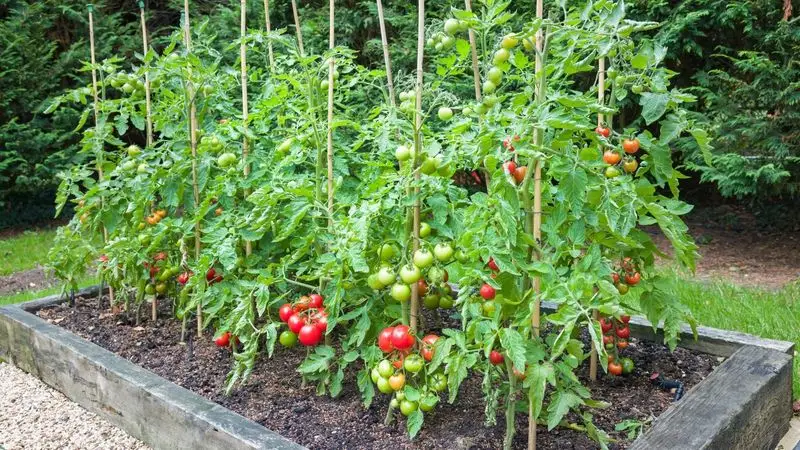
Tomatoes are a quintessential garden crop, offering a taste of summer with every bite. Plant transplants in late spring, using stakes or cages for support. They require full sun and regular watering to thrive. Pruning excess foliage improves airflow and reduces disease risk. Whether you prefer cherry, plum, or beefsteak varieties, tomatoes deliver juicy, flavorful results. They are indispensable in salads, sauces, and sandwiches. With proper care, your raised bed will produce a plentiful harvest.
Eggplants
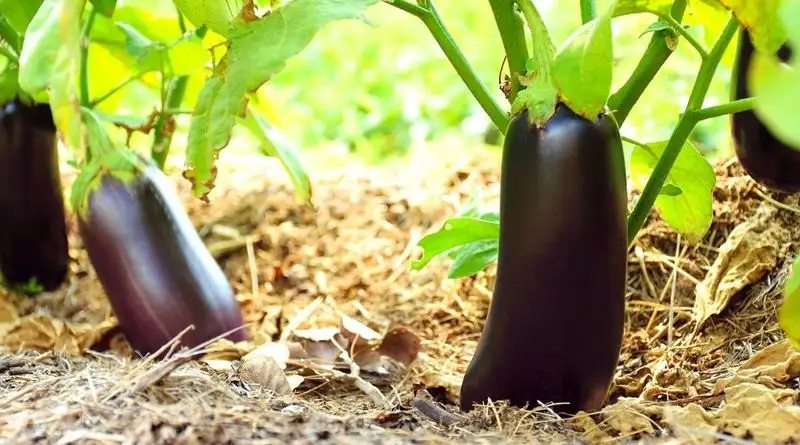
Eggplants bring a touch of elegance to your raised bed with their glossy fruits and vibrant foliage. Plant transplants after the last frost in a sunny location. They thrive in warm conditions and require consistent moisture. Staking or caging supports the plants as they grow. Harvest eggplants when they are firm and glossy for the best flavor. Whether grilled, roasted, or added to stews, eggplants provide a meaty texture and rich taste. Their unique appearance makes them a standout in any garden.
Basil
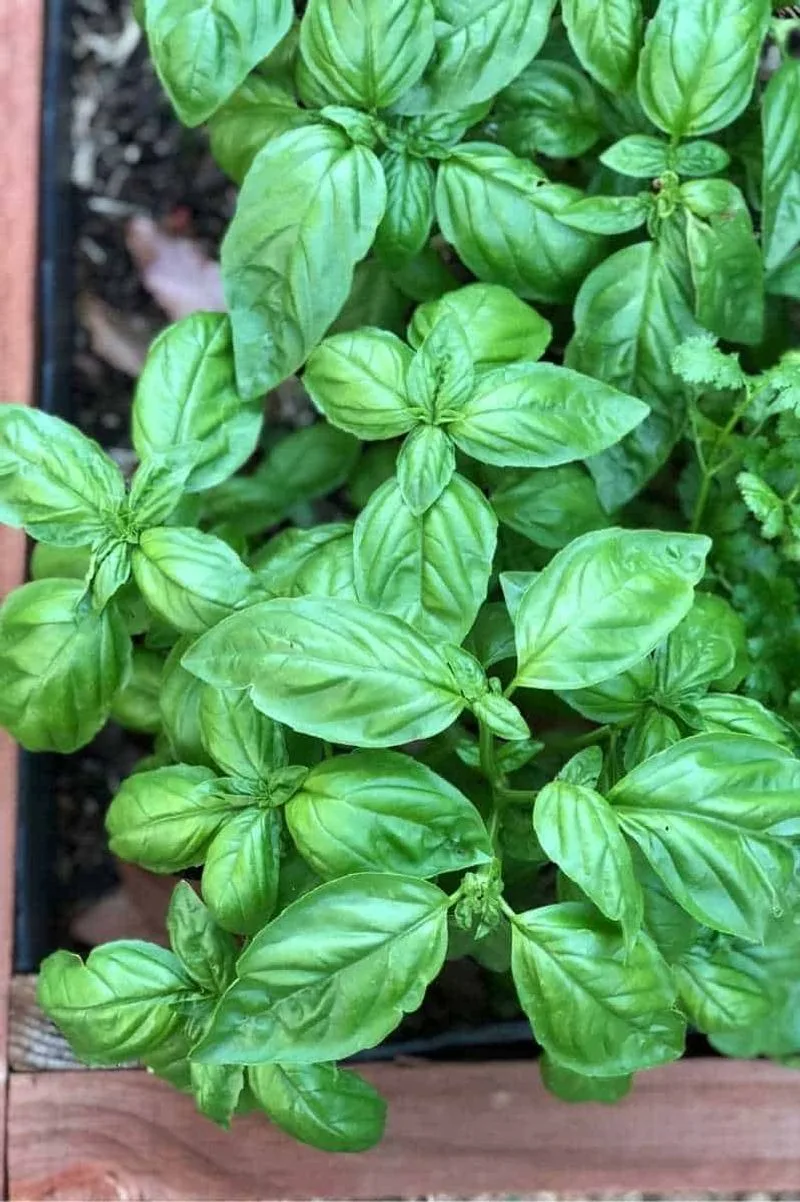
Basil is a fragrant herb that complements any vegetable garden. Plant seeds or transplants after the last frost, ensuring they receive plenty of sunlight. Regular pinching of the leaves encourages bushy growth and prevents flowering. Basil thrives in fertile, well-drained soil, benefiting from consistent watering. Its aromatic leaves enhance a variety of dishes, from pesto to salads. With frequent harvesting, you’ll enjoy a continuous supply throughout the summer, making it a beloved addition to any raised bed.
Parsley
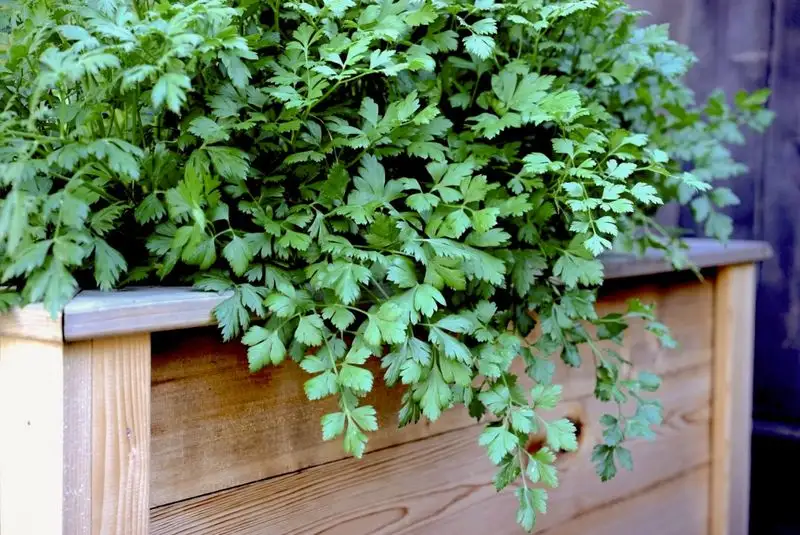
Parsley is a versatile herb known for its fresh flavor and garnish potential. Plant seeds or transplants in early spring, allowing them ample light and space. They prefer fertile, well-drained soil and benefit from regular watering. Harvest the outer stems to encourage new growth throughout the season. Parsley is not only a culinary staple but also attracts beneficial insects to the garden. It can be used fresh in salads, sauces, and as a garnish, enhancing the visual appeal of your dishes.
Cabbage
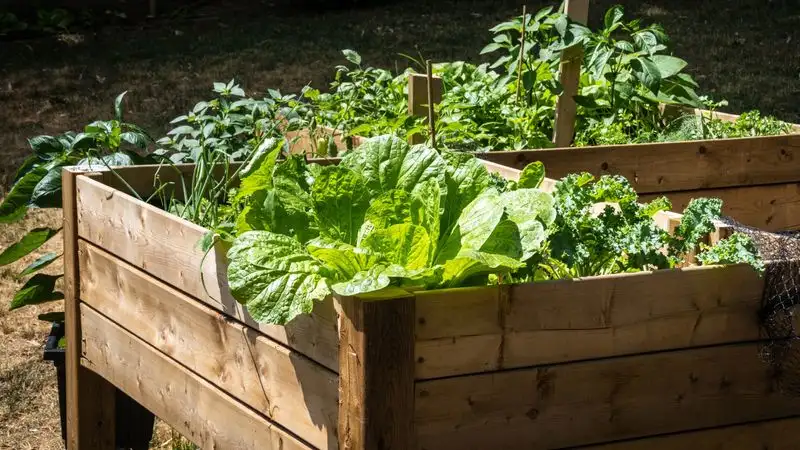
Cabbage is a hardy vegetable that can withstand cooler temperatures, making it ideal for spring or fall planting. Plant transplants in a sunny spot with fertile, well-drained soil. Regular watering helps form dense heads, while spacing ensures proper development. Harvest when the heads are firm and compact. Cabbage is versatile, suitable for salads, slaws, or cooked dishes. Its crunch and mild flavor make it a staple in many cuisines. Regular care will yield a robust crop throughout the season.
Broccoli
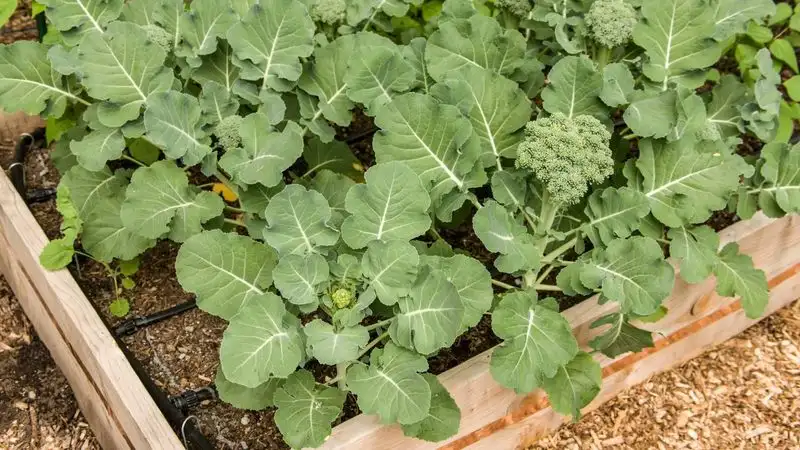
Broccoli offers a wealth of nutrients and thrives in a raised bed. Plant transplants in early spring or fall, ensuring they receive full sun. They prefer fertile soil and regular watering to develop large, dense heads. Harvest when the heads are firm and tight, cutting them with a sharp knife. Broccoli can be eaten raw, steamed, or added to various dishes, offering both taste and nutrition. Its unique growth habit and flavor make it a favorite among gardeners.
Cauliflower
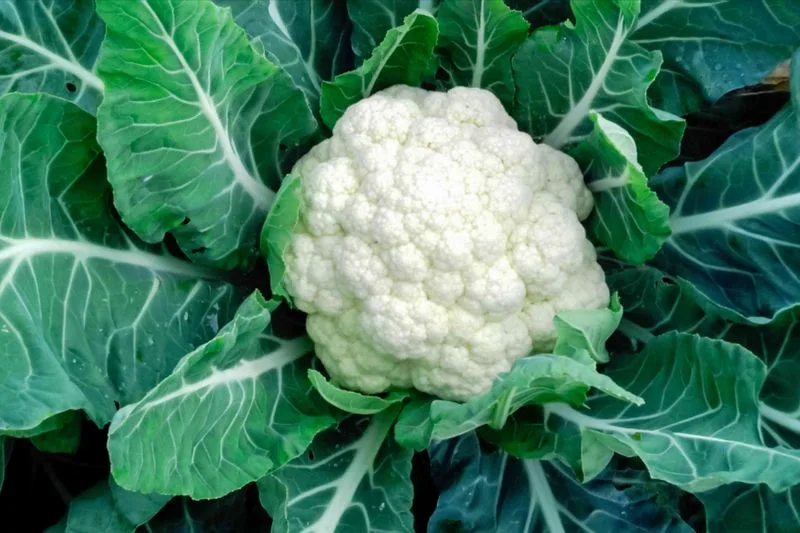
Cauliflower is a rewarding crop, providing both flavor and nutrition. Plant transplants in early spring or fall, allowing them ample sunlight and space. They require fertile, well-drained soil and consistent moisture. When heads begin to form, blanch them by covering with leaves to prevent discoloration. Harvest when the heads are compact and firm. Cauliflower can be roasted, mashed, or used as a rice substitute, offering versatility in the kitchen. With proper care, it serves as a delightful addition to your garden.
Celery
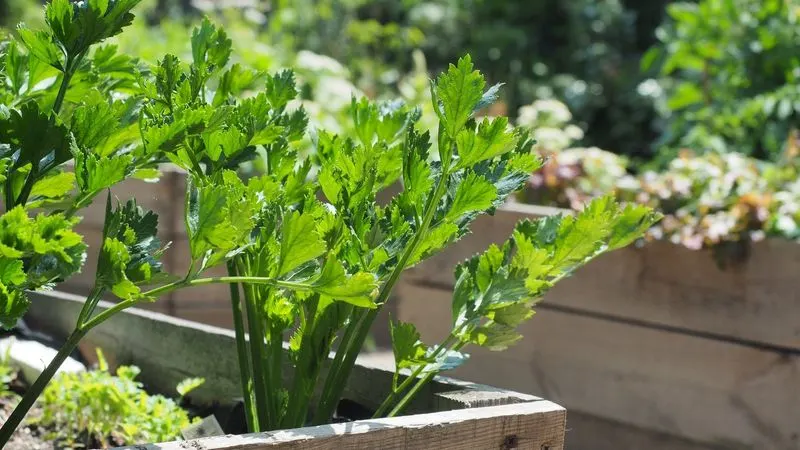
Celery is a crunchy addition to any raised bed, offering flavor and versatility. Plant transplants in early spring, ensuring they receive plenty of water and sunlight. They prefer fertile, well-drained soil, benefiting from consistent moisture to prevent stringiness. Harvest when the stalks are firm and crisp, pulling from the base. Celery can be enjoyed fresh in salads, as a snack, or as a flavor base in soups and stews. Its refreshing taste and crunch make it a valuable garden asset.

